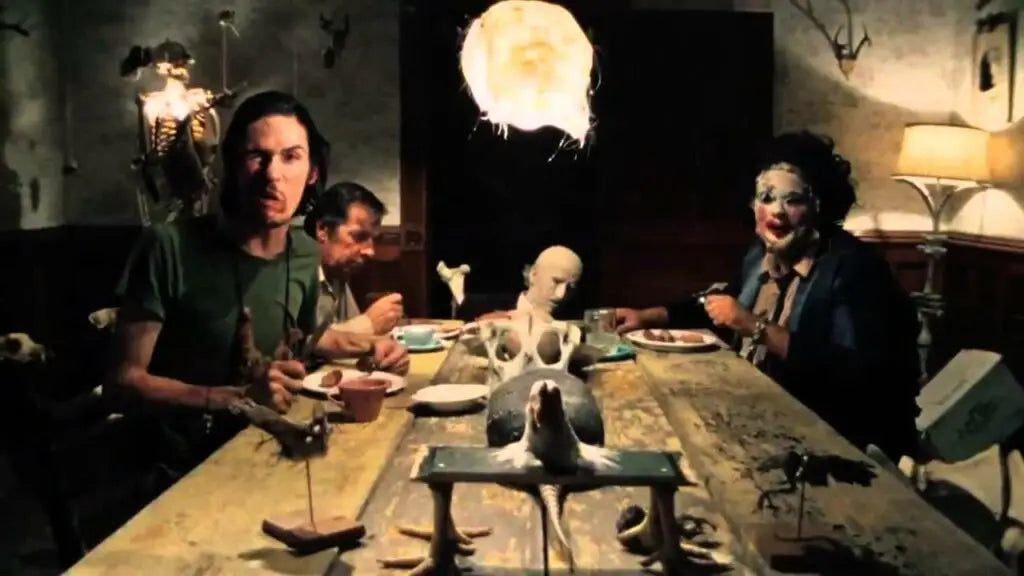Tobe Hooper and the cast and crew of 1974’s The Texas Chain Saw Massacre changed horror and cinema as a whole forever. There’s no denying that. Busting down the door to the slasher genre and continuing to disturb people to this day, the original film has inspired an innumerable number of filmmakers and artists of all types. It’s a visceral experience.
The franchise has seen sequels, prequels, and reboots in the decades since. There have been seven films tasked with following the original so far - with an eighth one coming this week from Netflix - from a variety of different filmmakers, including one from Hooper himself. That’s a lot of chainsaw carnage, unfortunate groups of young adults, screaming, and family dinners. We don’t necessarily recommend watching that much insane and gory mayhem in a row (even though most of you probably already have), so we went and did it for you. Here is every single film in the Texas Chainsaw Massacre franchise, including the new one, ranked from the bottom to the top of the food chain.
‘The Texas Chainsaw Massacre: The Beginning’ (2006)
The Beginning has the rare opportunity to be a bit different from the usual Texas Chainsaw slasher mold, acting as a prequel to the 2003 film and an origin for that version of Leatherface and his family. Unfortunately, that’s not really what we get here. Before we even reach 15 minutes, Leatherface has been born, grown up, murdered someone, and gotten his chainsaw. The rest of the family is seemingly just insane and homicidal to begin with! It quickly turns into the same old slasher setup with teen victims and everything. The Beginning doesn’t possess the visceral ugliness and intensity of its 2003 predecessor, the characters are as uncompelling as they’ve ever been, and there’s very, very few genuine scares to be found. Even so, this film does still contain a gleefully sadistic performance from iconic actor R. Lee Ermey, a grotesquely mesmerizing facemask scene, and one good chainsaw kill.
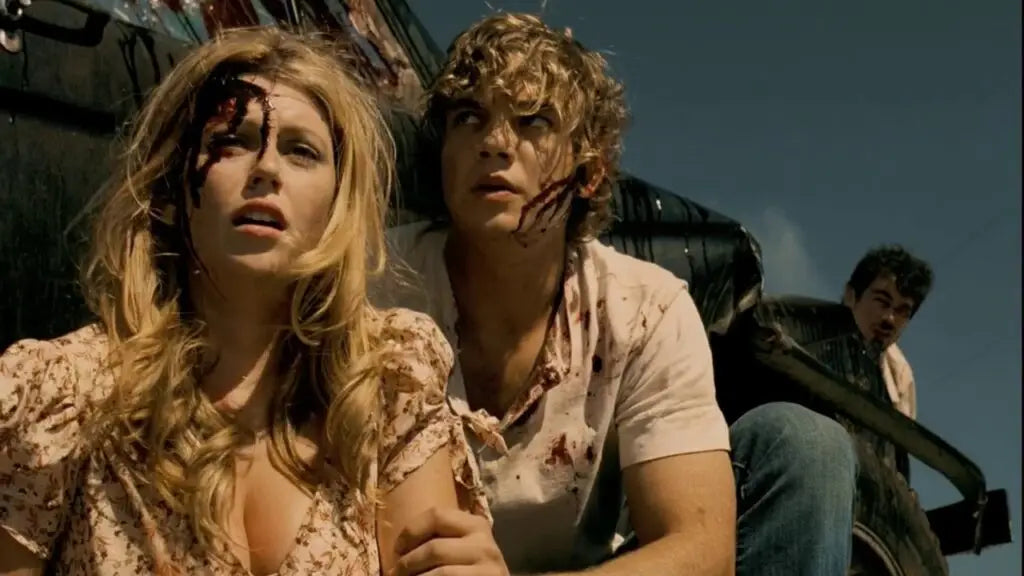
‘Leatherface’ (2017)
While it’s a step up from The Beginning by actually giving us a proper origin story for the titular killer, Julien Maury and Alexandre Bustillo’s Leatherface still can’t quite bring itself to be about much of anything. Institutionalized and abused teens rebelling against the system and corrupt cops could make for a compelling story (even when that rebellion often only manifests as violent rage) but solid performances can’t save what’s simply not there, which is an actual point to the carnage. Caught between a sadistic family and equally as sadistic police and other authority figures, the birth of Leatherface could certainly work as a tragedy about a young boy not given much choice. But by the time the chainsaw is revved and the boy becomes a killer, it never really feels like a macabre horror triumph or a bleak loss of childhood innocence. There’s no one to root for here outside of Bud, and even then it’s mostly on a surface level. Points for actually breaking the usual Texas Chainsaw formula for once, but in the end, Leatherface just feels like another missed opportunity.
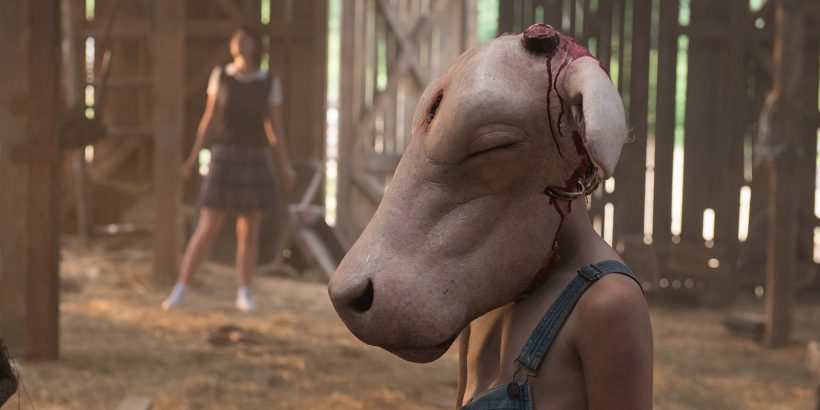
‘Texas Chainsaw Massacre: The Next Generation’ (1995)
The Next Generation is a mess of a movie where far too much seems cut up or rearranged or left completely unexplained. Kim Henkel, who co-wrote the original film with Tobe Hooper, returned to the franchise to both write and direct this fourth installment. To his credit, the film does manage to take the dull premise of unfortunate teen victims on their way to prom and turn it into a deliriously absurd farce by its end. Secret societies, pizza dinners, a truly uncomfortable moment where someone is licked (yes, licked) all over, cybernetic limbs, and the return of a screaming, gender fluid Leatherface (Robert Jacks) all make The Next Generation one of the more admirably strange entries in the series, as messy as it may be. There’s some appeal to having pre-fame Renée Zellweger and Matthew McConaughey in this one, but the real secret weapon is Tonie Perensky as Darla, one of the more uniquely competent and well put-together villains of the Texas Chainsaw saga.
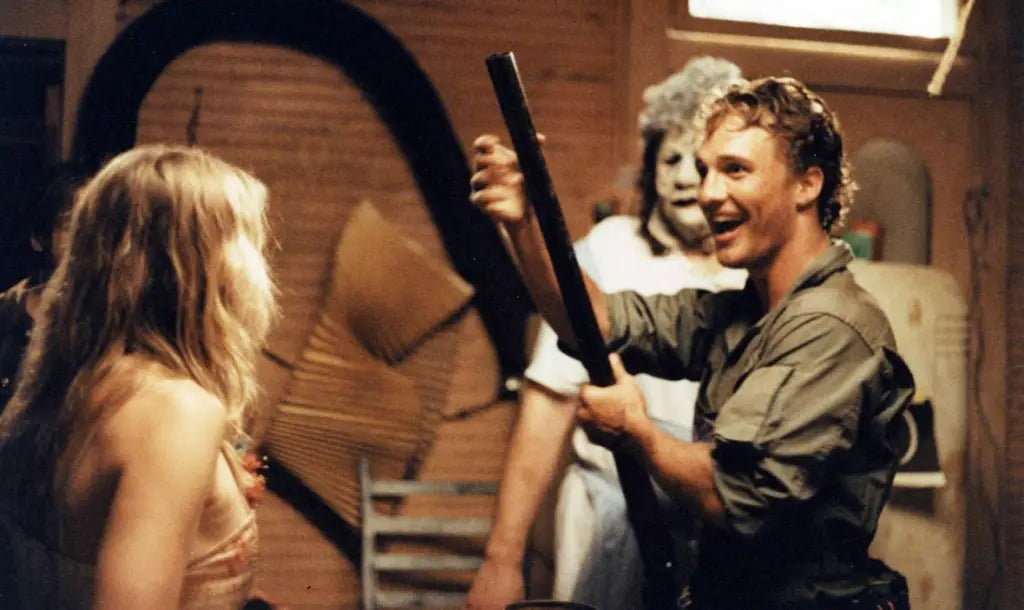
‘Texas Chainsaw 3D’ (2013)
This first attempt at a direct sequel to the original film also serves as one of the only entries in the franchise to be set in the modern day, albeit nearly a decade ago now. It doesn’t do much with that at all outside of one scene involving FaceTime, and the film’s story of Leatherface’s (Dan Yeager) secret cousin Heather (Alexandra Daddario) inheriting her long-lost family’s home - with the murderous cannibal inside it - is often just plain bad, sometimes to laughable degrees. But once the usual dumb slasher plot has ended, the film decides to take a big swing with its third act. Plenty may hate it, but Texas Chainsaw 3D (or just Texas Chainsaw if you’re without one of those 3D TVs) at least delivers a slaughterhouse-set climax that becomes unapologetic dumb fun complete with a satisfying meat grinder death. The film ends on a surreally tender, but no less gruesome, note. To be honest I wouldn’t have minded at least one more adventure with ol’ Leatherface and his caretaking cousin. “Do your thing, ‘cuz!”
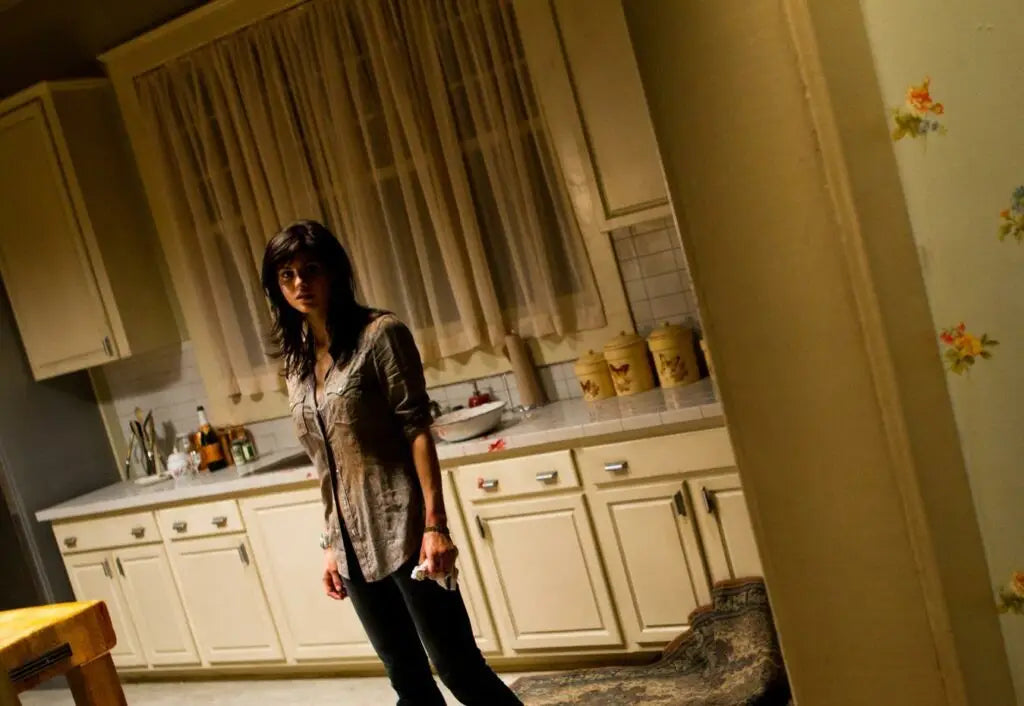
‘Texas Chainsaw Massacre’ (2022)
The latest effort in bringing Texas Chainsaw back into the public consciousness couldn’t come at a better time thanks to the recent revival of the slasher genre. Wiping the slate clean once again, the 2022 film ignores everything but the original film, acting as a direct sequel set decades after the original massacre. Leatherface has been in hiding all these years in his small Texas town, but when a group of young entrepreneur influencers arrives with plans to give the place a revamp, he emerges to wreak havoc one more time. The film initially has a lot going for it - an older Leatherface (Mark Burnham), the return of original survivor Sally Hardesty (Olwen Fouéré, replacing the late Marilyn Burns) and a setup that touches on gentrification, true crime culture, gun violence, small town America and more. Sadly, almost all of the film’s interesting aspects fall to the wayside as the film quickly commences with the usual hacking and slashing, and any chances of captivating characters or even a well-rounded plot go out the window. But that initial setup is far more engaging than most of the other films in the franchise, and director David Blue Garcia, alongside cinematographer Ricardo Diaz, is able to deliver a couple of brilliantly executed sequences that stand out from the rest of the Texas Chainsaw pack. There’s a very admirable ‘no-fucks-given’ attitude in the finale of this latest movie, but it’s almost undermined entirely by the very final moment. C'est la vie.
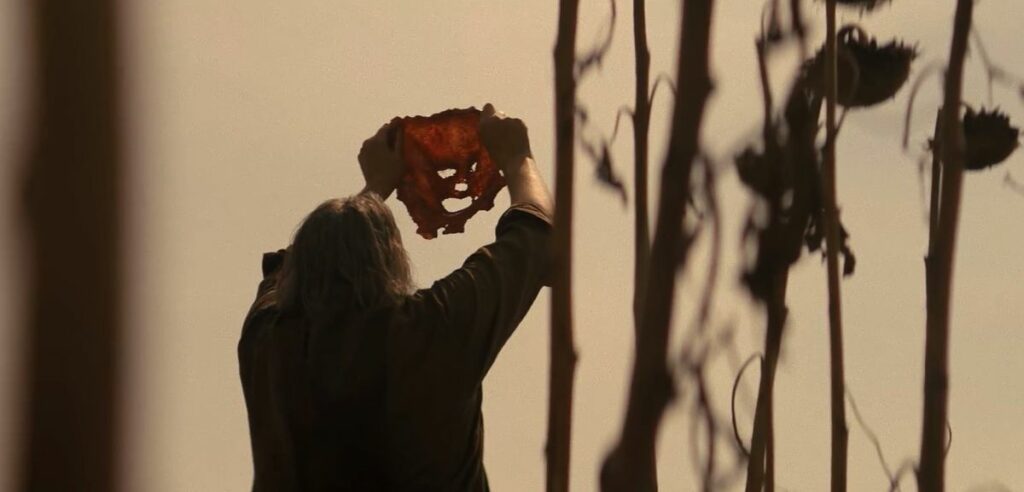
‘The Texas Chainsaw Massacre’ (2003)
The film that invited a whole new generation into hillbilly hell, the 2003 remake wisely chooses to not try and recreate Hooper’s horror masterpiece. Instead, director Marcus Nispel changes almost everything besides the bare concept, with a completely different group of teens falling victim to a completely different family of cannibals. Leatherface (Andrew Bryniarski), of course, is the only thing left unchanged. Nispel also brings back one vital component of the original film - cinematographer Daniel Pearl, who swaps out the original’s grainy, documentary-like feel for sleeker, sweatier, high-def horror. Nispel’s film succeeds at being a genuinely upsetting and relentlessly dour piece of nastiness; a strong precursor to the wave of polished ‘torture porn’ that would flood the horror scene very soon after. It’s effectively repulsive in exactly the way it seems like it’s intended to be, but can’t quite finish things strongly enough. The reveal of the family this time around only takes away from the visceral terror beforehand, especially due to the misguided idea of having a good-hearted little kid thrown in the mix to help save the day. But the rest is something that’s hard to get out of your head - its cruelty, both the physical and the mental, is perfectly crafted. And Jessica Biel is a very unsung Scream Queen.

‘Leatherface: The Texas Chainsaw Massacre III’ (1990)
Jeff Burr had the daunting task of following up not only Hooper’s landmark original film but his own comedic sequel as well. Burr goes for a bit of both, stitching an unconvincing first half of highway horror together to a better, funnier second half. The film never stops introducing characters (including a young Viggo Mortensen) but it miraculously works both against and for it, as everyone here gives really fun performances. Ken Foree is amazing. Even with all the murder and spilled guts, there’s a very welcome light-heartedness to the film. That sick sense of humor that Hooper gave his first two films is still alive and well here to a degree, even if everything else is pretty much gone. It's campy horror that gets better as it goes, and it makes you wish that later entries in the franchise had tried to have this much fun with the material as well.
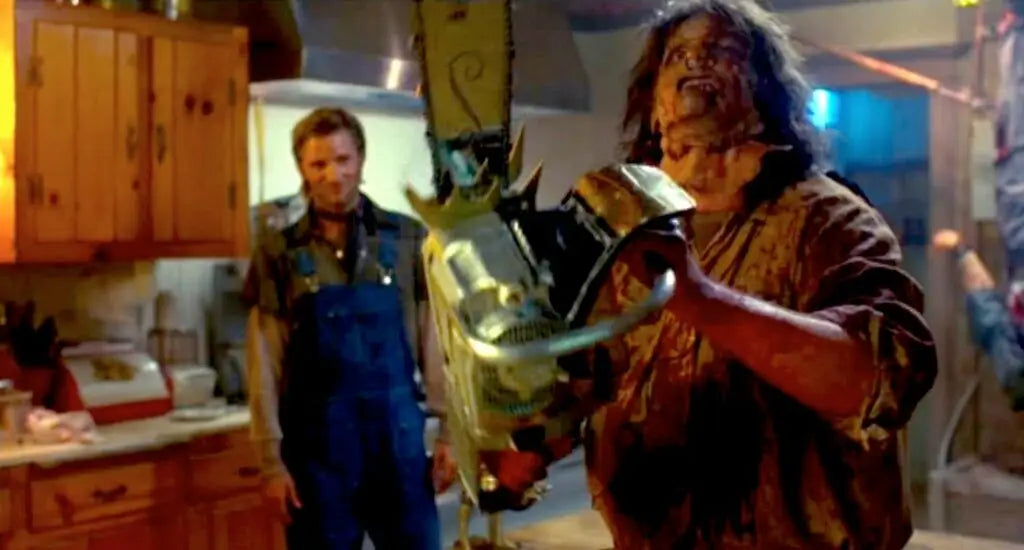
‘The Texas Chainsaw Massacre 2’ (1986)
There’s a lot that happens in The Texas Chainsaw Massacre 2. Hooper understood that the only real way to follow up the first film was to swing in a different direction, and by pushing the bits of black comedy to the forefront, he hits the same peaks of insanity that the original achieved, just in a different way. Hooper goes bigger, bloodier and weirder, delivering an unforgettable scene of mayhem set at a radio station and upgrading the original’s house of horrors into a massive carnival of depravity. Few filmmakers possess the kind of self-awareness and unbridled macabre vision that Hooper shoots for, giving us an absurdly heightened sequel that’s yet to be surpassed. The final shot of Caroline Williams literally standing at the top of the mountain of madness sticks with you forever. This is a messier film than the OG, but one with equal merit.
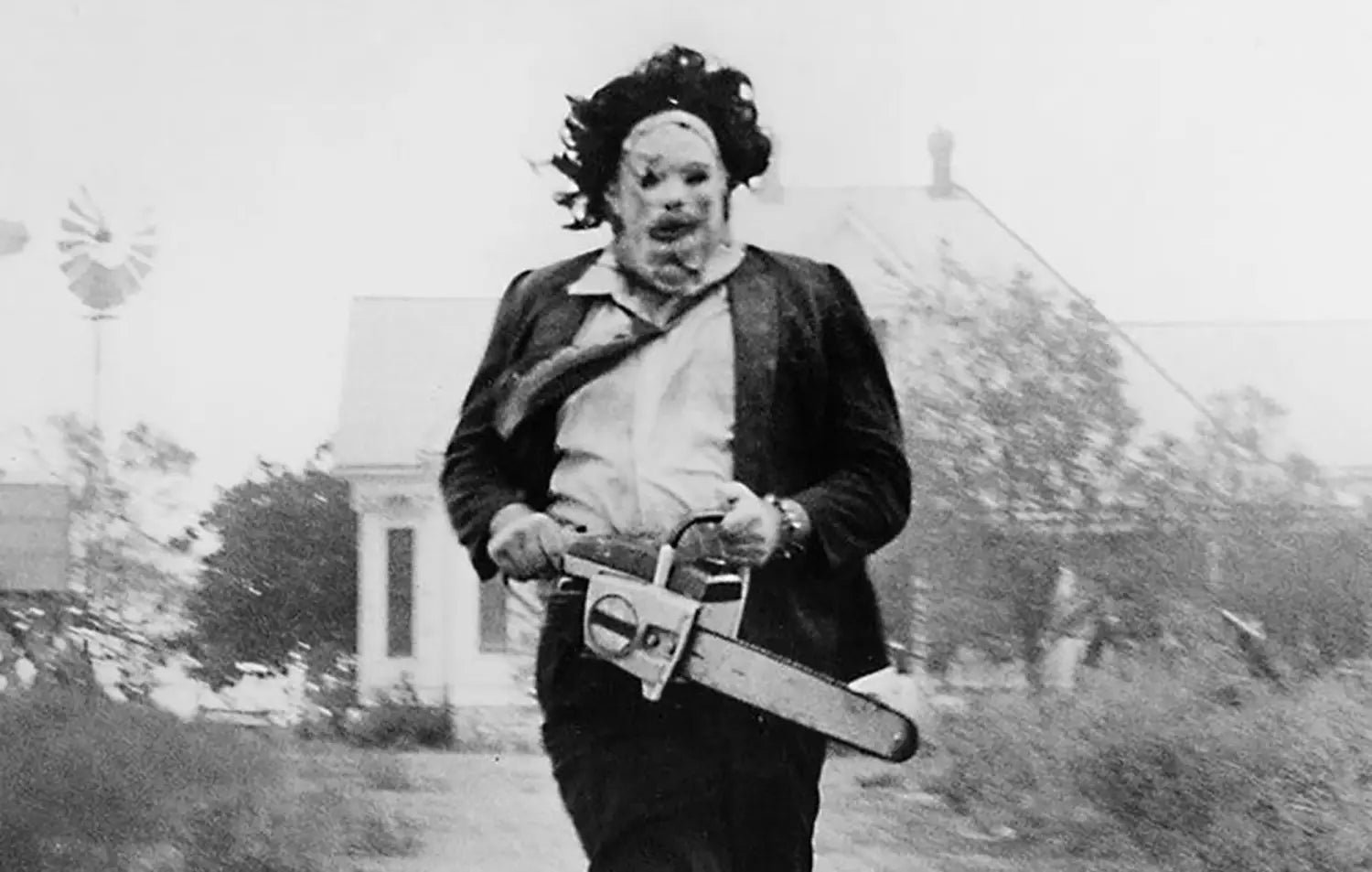
‘The Texas Chain Saw Massacre’ (1974)
What more can even be said about this masterpiece? It’s nearly impossible not to walk away affected by Tobe Hooper’s 1974 horror icon for the first time. The swelter of the Texas heat and the taste of sweat and blood is felt in every unnerving frame of this film. With notably little gore outside of an abundance of bones, Texas Chain Saw (mind the gap), is terror crafted by tone and atmosphere. A gritty, low-budget look, little to no score, and uncomfortable imagery help build up a mounting sense of dread. Once that hammer is swung and the metal door is slammed shut, you suddenly feel like you’re watching something you shouldn’t be. There’s something powerful about this film, and it’s evident in the legacy it continues to add on to. It’s impossible to shake.
